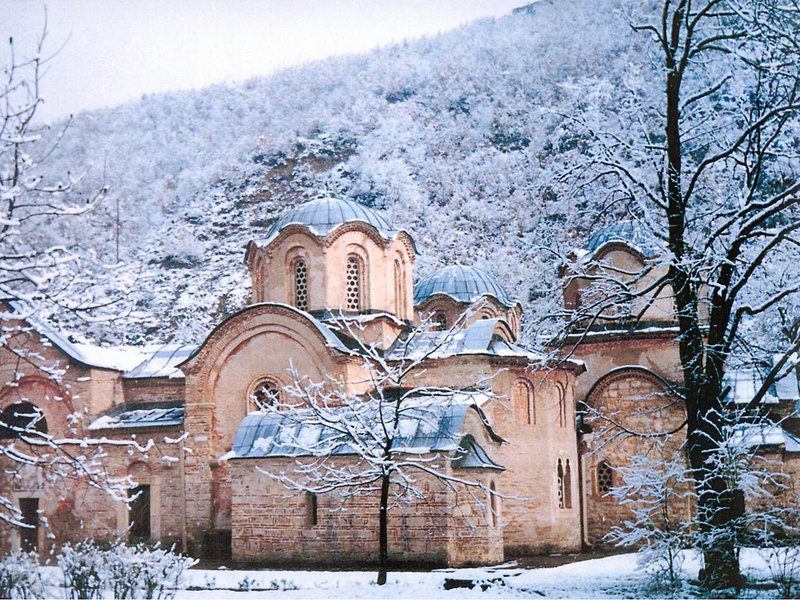![]() Yayınlanacağı yer Serbia - Sosyal etkileşim ve eğlence - 25 May 2018 11:09 - 7
Yayınlanacağı yer Serbia - Sosyal etkileşim ve eğlence - 25 May 2018 11:09 - 7









You can not destroy our ancient history and our land. Serb remembers.

Bağış
G A M p3trOs2 V E RG A M p3trOs2 V E RG A M p3trOs2 V E RG A M p3trOs2 V E RPony of DarknessVoyvodaOdVutreCrunchBunnyLiuManoloslNinorotaJacaDeki ZemunDuleSrbinnagant895Haile Selassie ITopSecretvidojkocobestaYorumlar (7)

The Mother Church of the Serbian Patriarchate - https://www.erevollution.com/sr/article/31996

O7

v c

Hahahah mor cry serbs 😂😂😂😂

863 a.c. christianinty on balkans---khan Boris I

Hey write my papers for me so i can get a medal 

Svaka čast prijatelju, samo napred, objasni im dok su oni jeli ovce skupa s vunom, mi smo jeli viljuškama!


